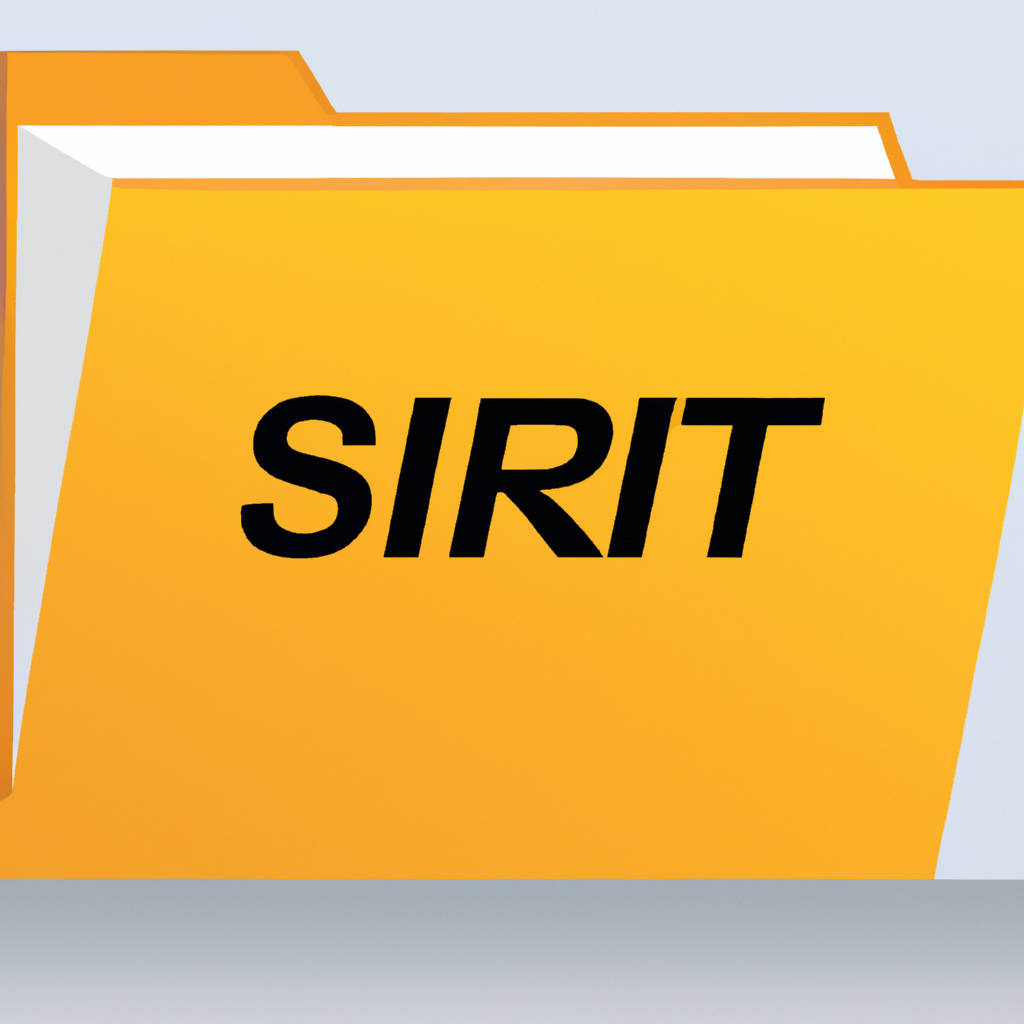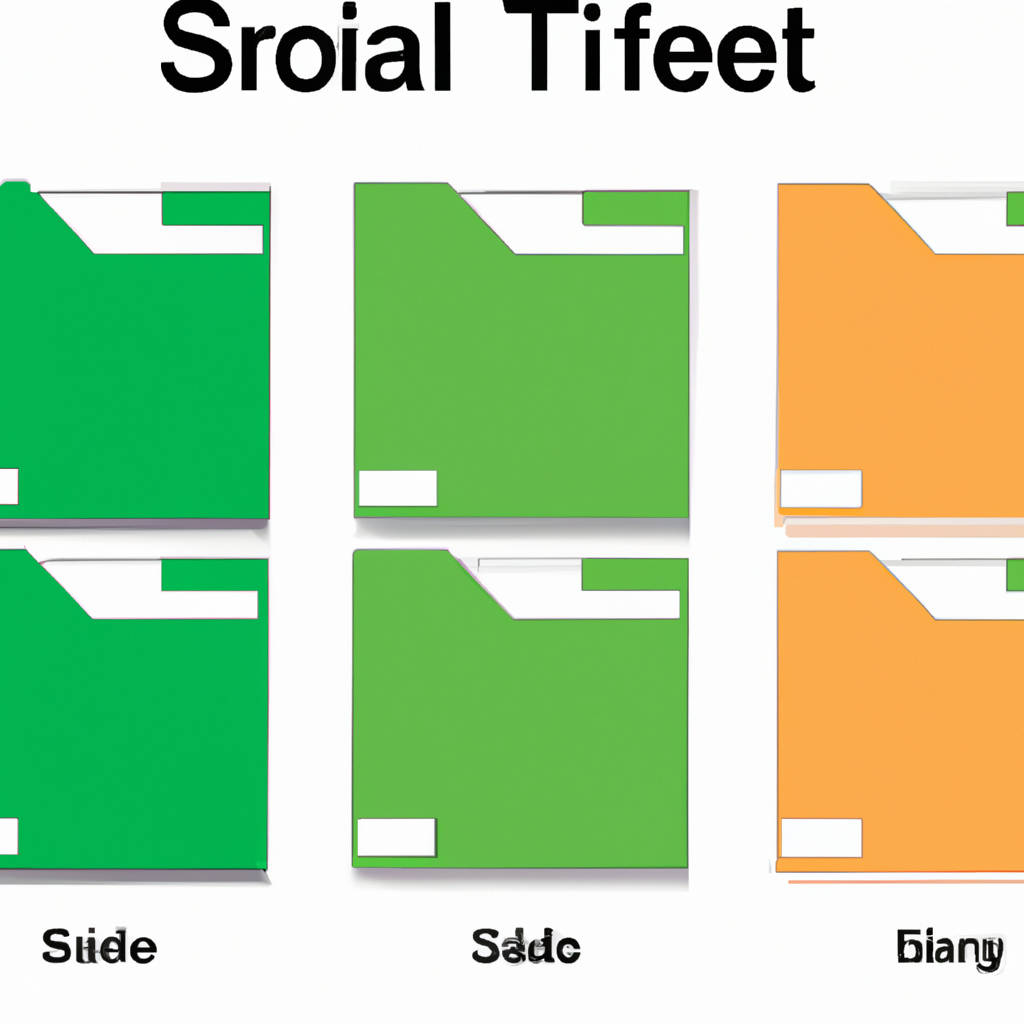An SRT file, or SubRip Subtitle file, is a text file that contains subtitles or captions for video content. These files are commonly used to provide additional context or translation for videos in different languages. SRT files are often used by video streaming platforms, content creators, and video editors to enhance the viewing experience for audiences. This file format is compatible with a wide range of video players and editing software, making it easy to incorporate subtitles into videos.
SRT files typically include timestamps that indicate when each subtitle should appear and disappear on the screen, ensuring that the text is synchronized with the video content. Additionally, SRT files can be easily edited and customized to match the style and formatting preferences of the creator. Overall, SRT files play an important role in making video content more accessible and engaging for viewers around the world.

Introduction to SRT Files
SRT files, also known as SubRip Subtitle files, are a type of file format used for displaying subtitles on videos. These files contain text that corresponds to the audio in a video, allowing viewers to read along with the dialogue or narration. SRT files are commonly used for translating foreign films or videos into different languages, as well as for providing subtitles for viewers who are deaf or hard of hearing.
The format of an SRT file is simple and easy to work with, making it a popular choice for adding subtitles to videos. SRT files typically include a number indicating the order in which the subtitles should appear, a timestamp indicating when each subtitle should be displayed, and the actual text of the subtitle. These files can be created using a text editor or a specialized subtitle editing program. Once created, SRT files can be easily added to videos using video editing software or online platforms. Overall, SRT files play an important role in making videos accessible to a wider audience and enhancing the viewing experience for all viewers.
Format and Structure of SRT Files
SRT files are a common format used for storing subtitles for videos. These files follow a specific structure in order to ensure that the subtitles are displayed correctly when the video is played. Each line in an SRT file typically consists of three parts: a sequence number, a timecode indicating when the subtitle should appear on screen, and the actual text of the subtitle. The sequence number helps to keep the subtitles in the correct order, while the timecode ensures that each subtitle is displayed at the right moment during the video.
The text of the subtitle is usually limited to a certain number of characters per line in order to ensure that it fits neatly on the screen and is easy to read. Additionally, SRT files may also include special formatting tags to indicate things like speaker identification or changes in tone of voice. Overall, the format and structure of SRT files are designed to make it easy for video players to display subtitles accurately and in a way that enhances the viewer’s experience.

Creating and Editing SRT Files
Creating and editing SRT files is a common practice among video content creators and editors. SRT files, or SubRip Subtitle files, are text files that contain subtitles for videos. These files are used to display subtitles on videos, making the content accessible to a wider audience. Creating SRT files involves accurately transcribing audio dialogue and syncing the subtitles with the corresponding audio cues. This process requires attention to detail and an understanding of timing and formatting. Editing SRT files may involve correcting spelling and grammar errors, adjusting timing to ensure subtitles appear on screen at the right moment, or translating subtitles into different languages.
It is important to ensure that SRT files are accurate and well-formatted to enhance the viewer’s experience and make the content more engaging. Additionally, creating and editing SRT files can help improve the accessibility of video content for individuals who are deaf or hard of hearing, as well as non-native speakers. Overall, mastering the art of creating and editing SRT files can greatly enhance the quality and impact of video content.
Common Uses of SRT Files
SRT files are widely used in the entertainment industry for a variety of purposes. One common use of SRT files is for adding subtitles to videos. By creating an SRT file with the dialogue and timing information, video editors can easily incorporate subtitles into their projects. This is particularly important for reaching a global audience, as subtitles allow viewers who speak different languages to understand the content. Additionally, SRT files are often used in the field of education, where they can be used to provide captions for educational videos or to create interactive quizzes based on the content of the video.
Another common use of SRT files is in the realm of accessibility, where they can be used to provide closed captions for individuals who are deaf or hard of hearing. By including SRT files with videos, content creators can ensure that their material is accessible to a wider audience. SRT files can also be used for translating video content into multiple languages, allowing creators to reach a more diverse audience. Overall, SRT files are a versatile tool that can be used in a variety of ways to enhance the viewing experience for audiences around the world.

Advantages of Using SRT Files
SRT files provide numerous benefits for users who rely on subtitles for their video content. One of the main advantages of using SRT files is the ability to improve accessibility for viewers who are deaf or hard of hearing. By including subtitles in videos, creators can ensure that their content is more inclusive and reaches a wider audience. Additionally, SRT files can also be used to provide translations for viewers who speak different languages. This can help creators expand their reach and attract a more diverse audience.
Moreover, SRT files are incredibly versatile and can be easily customized to match the style and design of the video. This allows creators to maintain a cohesive and professional look across all their content. Furthermore, SRT files are compatible with a wide range of video players and platforms, making them a convenient and reliable option for content creators. Additionally, using SRT files can also improve the SEO of videos by making them more searchable and accessible to a larger audience. Overall, SRT files offer a range of advantages for creators looking to enhance the accessibility, reach, and professionalism of their video content.
Troubleshooting SRT File Issues
SRT files are an essential component of video playback, providing subtitles for viewers who may not understand the language being spoken in the video. However, like any other type of file, SRT files can sometimes encounter issues that prevent them from working properly. One common issue that users may face is synchronization problems, where the subtitles do not match up with the audio or video content. This can be caused by errors in the timing information within the SRT file, which can usually be fixed by adjusting the timestamps manually.
Another issue that users may encounter is formatting errors, where the subtitles are displayed incorrectly or not at all. This can be caused by issues with the font settings, line breaks, or special characters within the SRT file. To troubleshoot this issue, users can try converting the file to a different format or using a different video player that may be more compatible with the SRT file. In some cases, the SRT file itself may be corrupted or incomplete, which can cause errors during playback. To address this issue, users can try re-downloading the SRT file from a different source or using a file repair tool to fix any errors. Overall, troubleshooting SRT file issues can be frustrating, but with some patience and persistence, most issues can be resolved to ensure a seamless viewing experience for all viewers.